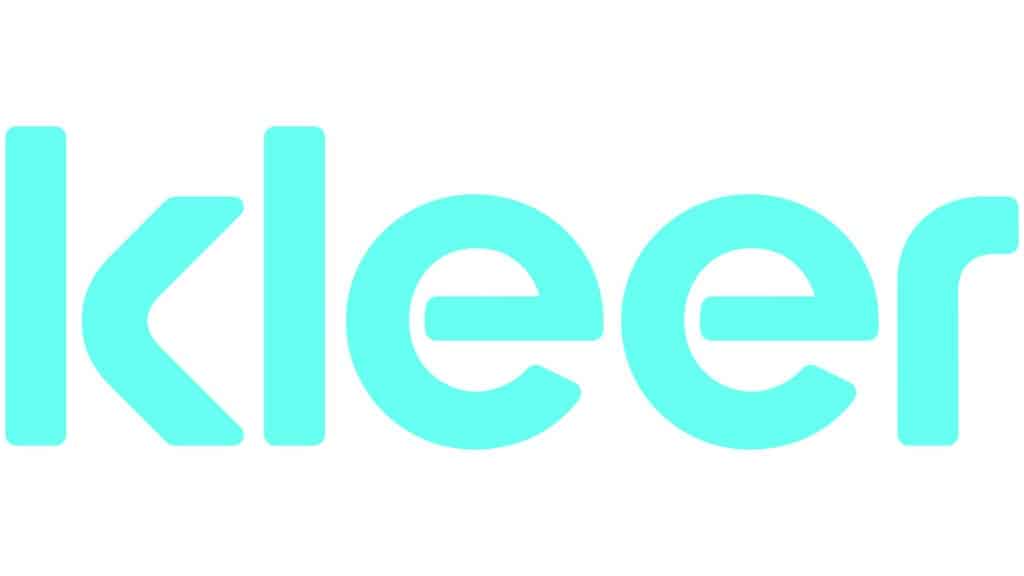Dental insurance continues to be a difficult landscape to navigate for dentists and their office teams. Dealing with traditional dental insurance is only getting more complex with endless time dedicated to paperwork, back and forth communications, and other manual tasks that increasingly distract your team from patient care. Chasing down reimbursements, understanding the intricacies of exclusions, waiting periods and pre-approvals, submitting appropriate documentation and filing claims for reimbursement – are just some of the many responsibilities required for each patient visit. As cumbersome as these processes are, if any go unattended to, you run the risk of not being compensated for the services you’re providing.
From a business perspective, it is not news that insurance reimbursement is top- of-mind for dentists. According to a Bankers Healthcare Group survey of over 400 licensed dentists, 72 percent said declining reimbursement rates is their number one concern. This statistic is indicative of an immediate need to better address the financial relationship between dentists, patients, and insurance companies.
Welcome to the Reimbursement Crisis. As reimbursement rates continue to decline, dental practice owners are becoming desperate. For example, reimbursement fee negotiation is now becoming a “thing” for practices feeling the pinch. In January 2019, ADA News identified this up-and-coming trend, and reported more and more practices are out-sourcing fee negotiations to dental reimbursement consultants. Independent practices are hiring these types of resources as liaisons between their dental practice and insurance companies hoping these consultants can secure better rates. The ultimate goal for these types of resources is to negotiate higher reimbursement fees than what practices are currently receiving on their own.
This tactic may seem like a positive development on the surface, but it will not address the core issue in the long run. You have to ask yourself: Are these efforts truly enough to help boost overall practice profitability and performance – not only now, but in the future? Is leaving the success of my practice in the hands of an outsider really a good idea? Shouldn’t I take a more proactive role in increasing the long-term revenue and profitability of my practice?
Based on the research I’ve conducted on this issue, it is apparent that reimbursement is a long-term problem that is only getting worse. The reimbursement model has been in a slow, downward spiral for years. Dental insurance has become very one-sided, designed around the needs of the insurance companies, not dentists or patients. When you consider the fact that 75 billion dollars are spent on dental insurance every year, and that only 60 percent of this goes toward actual dental care itself, it’s easy to see who the real benefactor of the dental insurance ecosystem is.
As I mentioned previously, I often describe the current situation as a “reimbursement crisis.” I’ve conducted extensive market research and what I’ve discovered is that this struggle – to get paid fairly for the work they do and to collect what they are owed- has been going on for over two decades – if not longer. In fact, from 1990 to 2015 the dental industry grew 70 percent, yet dentists’ earnings remained flat.iv How could that be? According to the May 2016 “ADA HPI Report: An Analysis of Dental Spending Among Adults with Private Dental Benefits,” one reason is that the fees paid to dentists by insurance companies are significantly lower than market fees.
Clearly, this is an unsustainable situation for dentists and unless dentists take action, the situation will only get worse.
But there is a solution that can help and it’s not hiring a consultant to negotiate reimbursement rates on a practice’s behalf. As I’ve written about before, it’s as simple as looking inside your own practice, leveraging your own team, and focusing on your own patient base – more specifically, your uninsured patients. This group can transform your practice and has the potential to become your most valuable patients.
It’s estimated that over 38 million uninsured patients visit a dentist each year. That’s 150,000 every day! Similar to insured patients, this group is concerned about their overall oral health and recognize that oral health is directly linked to their overall health and well-being. Yet, many of these patients are not scheduling visits with your office, keeping their follow up appointments, or accepting additional treatment. Why? Cost (or, more specifically, fear of cost) is the number one reason. These patients have no dental benefits, feel exposed, and are worried that treatment will be too expensive. If you could simply tap into this patient base and ease their concerns about costs, you’d put their minds at ease and at the same time, increase production significantly.
However, this requires your practice proactively approaching revenue generation from a new and different angle. The key? Utilizing a solution that puts the control back in the hands of dentists, offers your uninsured patients access to simple, affordable dental coverage and creates a reliable and repeatable stream of revenue for your practice. This solution is an in-house Membership Plan. Are Membership Plans the answer dental practices are looking for to take them out of the reimbursement crisis? I think so.
Membership Plans are dental care plans that you offer directly to your patients. Patients pay your practice a monthly or annual subscription for their preventive care visits and discounts off other treatment. You design and price the plan based on the unique needs of your patients and practice. Membership Plans eliminate the hassle and cost of the insurance middleman, put you in control, and provide the oral care your patients want.
The membership model is very logical and familiar to your patients, considering they are joining other types of membership or subscription plans outside the dental or healthcare space. It’s actually part of consumerism. It is what patients want – simplicity, access, transparency, and control. Furthermore, being enrolled in a Membership Plan addresses patient needs for having comprehensive, affordable dental coverage, and a clear understanding of costs and services that fall under the coverage.
From a practice performance perspective, our data shows that Membership Plan patients accept 50-75 percent more treatment and generate 50-75 percent more revenue than uninsured patients. In fact, this group accepts nearly the same treatment as insured patients but generates 30-50 percent more net revenue. Using the Kleer Membership Plan platform, practices also have the ability to design their own customized plan that fits the needs of their patients and their practice. Practices set the subscription prices and have full control over the treatment protocol, fee schedule, and the discounts being offered for restorative procedures.
Membership Plans are a great solution to address the Reimbursement Crisis, but it should be noted that these plans are not limited to the uninsured patient population. At Kleer, we are seeing a trend develop where practices are beginning to drop certain insurance and PPO plans and offer their Membership Plan to these patients. This trend is growing as more practices decide they’ve had enough with the dental insurance game.
Imagine being able to alleviate all the noise and added stress of administrative burdens that come into play as a result of dealing with insurance companies. And imagine a world where dentists are enabled to do what they love and actually get compensated fairly for their efforts.
Reimbursement is a huge issue for dental practices trying to grow or even just stay afloat. Luckily, there is a solution: Membership Plans.
For further questions about the Reimbursement Crisis and Kleer Dental Membership Plans, reach out to: dave@kleer.com or visit www.Kleer.com for more information.




